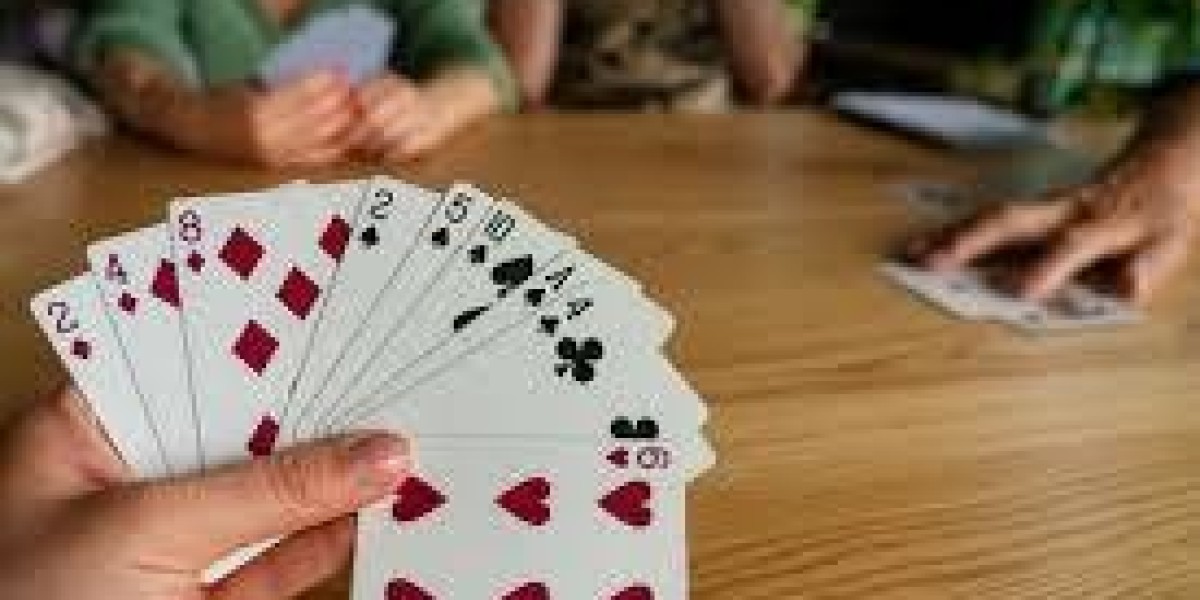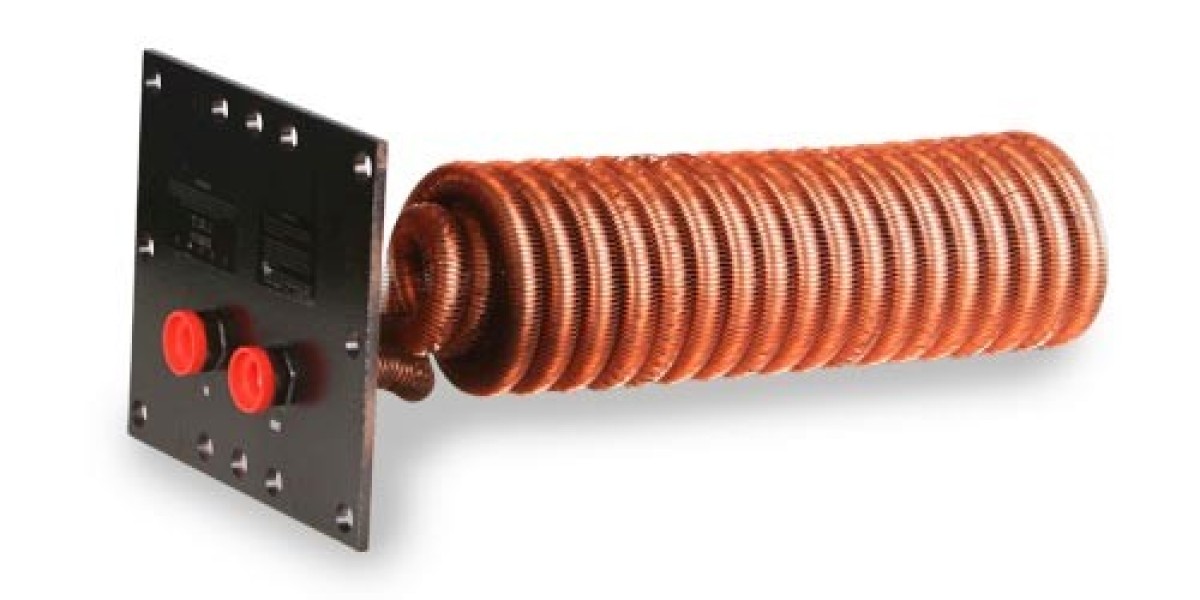You’ve got a killer read.
You hit your flush on the river.
You even bluffed that one tight player off his top pair.
But then — one bad run, one bad session, one emotional shove — and your entire bankroll disappears.
Sound familiar?
That’s the story of almost every poker player who learns the game backward — mastering cards, bluffs, and strategy before learning the single most important skill in poker: bankroll management.
Ibc9 Poker isn’t just about how well you play a hand. It’s about how long you can keep playing.
Let’s break down why bankroll management isn’t just a financial strategy — it’s your ultimate edge at the table.
? What Is Bankroll Management, Really?
Bankroll management is simple in theory but brutal in practice.
It’s the discipline of deciding how much money you can risk in poker — and sticking to it.
Your bankroll isn’t your savings account. It’s your poker capital — money set aside strictly for playing, learning, and grinding.
Think of it like your business budget.
If you spend all your funds in one day, your business dies — no matter how good your product is.
Same goes for poker.
You could be a world-class player, but without bankroll management, variance (luck swings) will wipe you out before your edge even matters.
? The Reality of Variance (a.k.a. The Enemy of Confidence)
Let’s face it — poker involves luck.
You can play perfectly and still lose.
You can play terribly and still win.
That’s variance — the temporary chaos between skill and outcome.
Even professionals hit losing streaks. The difference is, they survive them.
Beginners? They often go broke trying to “win it back.”
Imagine This:
You’ve got $500.
You sit at a $1/$2 cash table and buy in for $200.
You lose three sessions in a row because your sets get cracked.
You’re not a bad player.
But now, your bankroll is gone.
No more bullets. No more game.
Bankroll management protects you from that spiral. It ensures that a bad week doesn’t end your poker journey.
? The Classic Beginner Trap: Playing Too High Too Soon
Every beginner dreams of moving up stakes fast.
After all, higher blinds = higher profits, right?
Not necessarily.
Playing above your bankroll is like driving a Ferrari on ice — even the best driver will eventually crash.
Here’s Why It Happens:
You win a few games at low stakes and feel invincible.
You jump into $2/$5 or a $100 tournament “just to try.”
Variance hits. You lose a few buy-ins.
Suddenly, you’re reloading from your savings.
And just like that, poker turns from a game into a financial nightmare.
? Rule of Thumb:
Stay at a level where losing 10 to 20 buy-ins doesn’t break you mentally or financially.
If losing one buy-in hurts, you’re playing too high.
? The Math of Smart Bankroll Management
Different poker formats require different bankroll sizes.
Let’s look at the recommended guidelines:
| Game Type | Recommended Bankroll | Example |
|---|---|---|
| Cash Games | 100 buy-ins minimum | Playing $1/$2 → need $20,000 |
| Tournaments (MTTs) | 200-300 buy-ins | $10 tournaments → need $2,000–$3,000 |
| Sit & Go’s | 100 buy-ins | $5 SNGs → need $500 |
| Online Micro Stakes | 50 buy-ins | $0.05/$0.10 → need $500 |
These numbers might sound conservative — but that’s the point.
Poker isn’t about surviving one night. It’s about surviving every night.
? The Emotional Edge of Bankroll Management
Here’s the secret most players miss:
Bankroll management isn’t just about money — it’s about mental stability.
When you know your losses won’t ruin you, you play calm.
You think clearly, make smarter bluffs, and fold without fear.
That’s emotional freedom — and it comes only from good bankroll discipline.
On the other hand:
Play with scared money, and you’ll avoid +EV (profitable) risks.
Play with borrowed money, and you’ll tilt faster than ever.
A protected bankroll gives you the confidence to make the right decision, not the desperate one.
? Common Bankroll Mistakes (And How to Fix Them)
1. Mixing Poker Money with Personal Money
Don’t treat your poker account like your wallet.
Create a dedicated poker bankroll, separate from bills or savings.
Fix: Open a new account or e-wallet just for poker.
2. Ignoring Downswings
Everyone hits rough patches. The worst players pretend it’s bad luck; the best adjust stakes.
Fix: Drop down temporarily when losing consistently — even if your ego protests.
3. Taking Shots Without a Plan
A “shot” at higher stakes can be fun — but only if you can afford it.
Fix: Limit shots to 2–3 buy-ins. If you lose them, move back down immediately.
4. Not Tracking Results
If you don’t know your win rate, you can’t measure growth.
Fix: Use a tracker like PokerTracker or an app to log hands, profits, and losses.
5. Overconfidence After Wins
Winning streaks can make you reckless — and variance will humble you fast.
Fix: Stay grounded. Treat your bankroll like an investment, not casino chips.
? Why Bankroll Management Beats Every Fancy Strategy
Let’s compare two players:
Player A — “The Genius”
Reads opponents perfectly, bluffs beautifully, and crushes mid-stakes… until he loses 10 buy-ins chasing variance.
He’s out of the game for weeks.
Player B — “The Grinder”
Plays solid, sticks to limits, and never risks more than he should.
He slowly climbs, builds confidence, and plays forever.
Guess who wins in the long run?
The Grinder.
Because poker is a marathon, not a sprint.
The best strategy isn’t aggression — it’s endurance.
? How to Build a Real Poker Bankroll (Step-by-Step)
Ready to take it seriously?
Here’s a practical blueprint to build a sustainable bankroll:
Step 1: Set a Starting Budget
Decide how much you can afford to lose — completely.
For example, $500 set aside for poker.
Step 2: Choose Your Format
Pick one game type to focus on: cash, tournaments, or SNGs.
Don’t mix them — variance works differently in each.
Step 3: Pick Stakes You Can Handle
If you’ve got $500, don’t play $1/$2.
Start with $0.05/$0.10 or $1 tournaments.
Step 4: Track Every Session
Record date, buy-ins, profit/loss, and notes.
Patterns emerge faster than you think.
Step 5: Set Stop-Loss and Win Goals
Example:
Quit after 3 buy-in losses or 5 hours, whichever comes first.
If you win 5 buy-ins, lock in profit and take a break.
Step 6: Reinvest Gradually
When your bankroll grows by 30–50%, consider moving up stakes cautiously.
Step 7: Stay Mentally Fit
Your mindset is part of your bankroll.
Rest, eat, and reset between sessions.
? Example: The Power of Discipline
Let’s say you start with $500 playing $0.05/$0.10 cash games.
Win rate: 6 big blinds per 100 hands.
You play 20,000 hands a month.
That’s $120 profit monthly — not huge, but consistent.
In a year, you’re up $1,400 and can safely move to $0.10/$0.25.
Compare that to someone who jumps stakes early and busts twice.
Same skill level — different outcome.
That’s the quiet magic of bankroll management:
It turns small edges into long-term success.
? The Psychological Trap of “Winning It Back”
Let’s address the elephant in every poker room:
When you lose, you want to recover immediately.
That’s human nature — but it’s financial suicide.
Chasing losses often leads to:
Playing tired
Playing higher than usual
Playing emotionally
And all three destroy your bankroll faster than bad beats ever could.
Poker isn’t about getting even.
It’s about getting better.
The next time you’re tempted to chase, remember:
“Your bankroll doesn’t care how you feel — only how you manage it.”
? Bankroll Management for Online vs. Live Poker
Online poker has faster hands, smaller stakes, and higher variance.
That means you need an even bigger bankroll buffer.
| Type | Recommended Buy-Ins | Example |
|---|---|---|
| Online Cash | 100–150 | $0.25/$0.50 → $7,500 |
| Live Cash | 50–75 | $1/$2 → $7,500 |
| Online MTTs | 200+ | $5 MTT → $1,000+ |
| Live Tournaments | 100 | $100 MTT → $10,000 |
Online, swings are brutal — 10 buy-ins can vanish in hours.
Offline, you play fewer hands but pay higher rake and travel costs.
Either way, the bankroll cushion keeps you alive during variance storms.
? Pro Tip: Treat Poker Like Investing
Poker and investing have one thing in common — risk management decides survival.
In investing, you diversify.
In poker, you downsize stakes.
In investing, you don’t panic-sell.
In poker, you don’t tilt-shove.
Your bankroll is your portfolio.
Protect it, and it’ll grow. Abuse it, and it disappears.
Play the long game, and variance becomes your ally.
? Building Your “Mental Bankroll”
There’s one more layer most players ignore: your mental bankroll.
Even if you have enough money, your confidence can run out.
After five bad beats, you might still afford another buy-in — but not emotionally.
That’s why smart bankroll management isn’t just financial — it’s psychological.
It prevents burnout.
It maintains focus.
It gives you long-term endurance.
If your mind’s gone, your money follows.
? Final Thoughts: Your Bankroll Is Your Lifeline
Skill wins hands.
Discipline wins careers.
Poker isn’t about who hits the best cards — it’s about who stays in the game long enough to let skill overcome luck.
When you master bankroll management, you stop gambling and start playing professionally.
You gain patience, stability, and confidence — the real trio of poker success.
So the next time you sit down at a table, remember:
You’re not just betting chips.
You’re betting on your ability to last.
Manage your bankroll well — and the game will always give you another chance to win.








